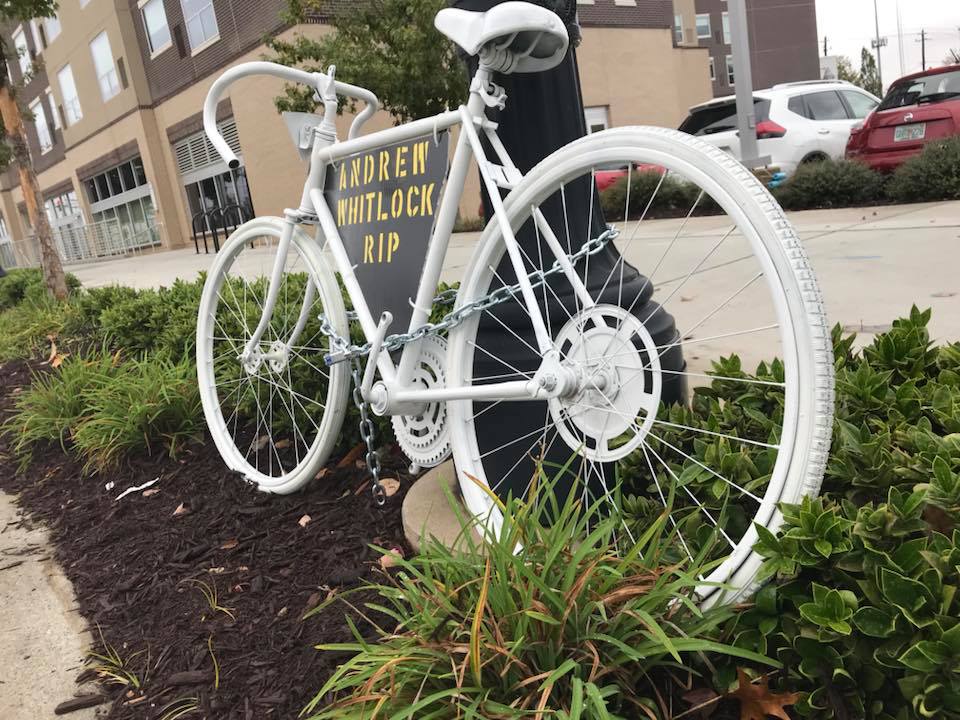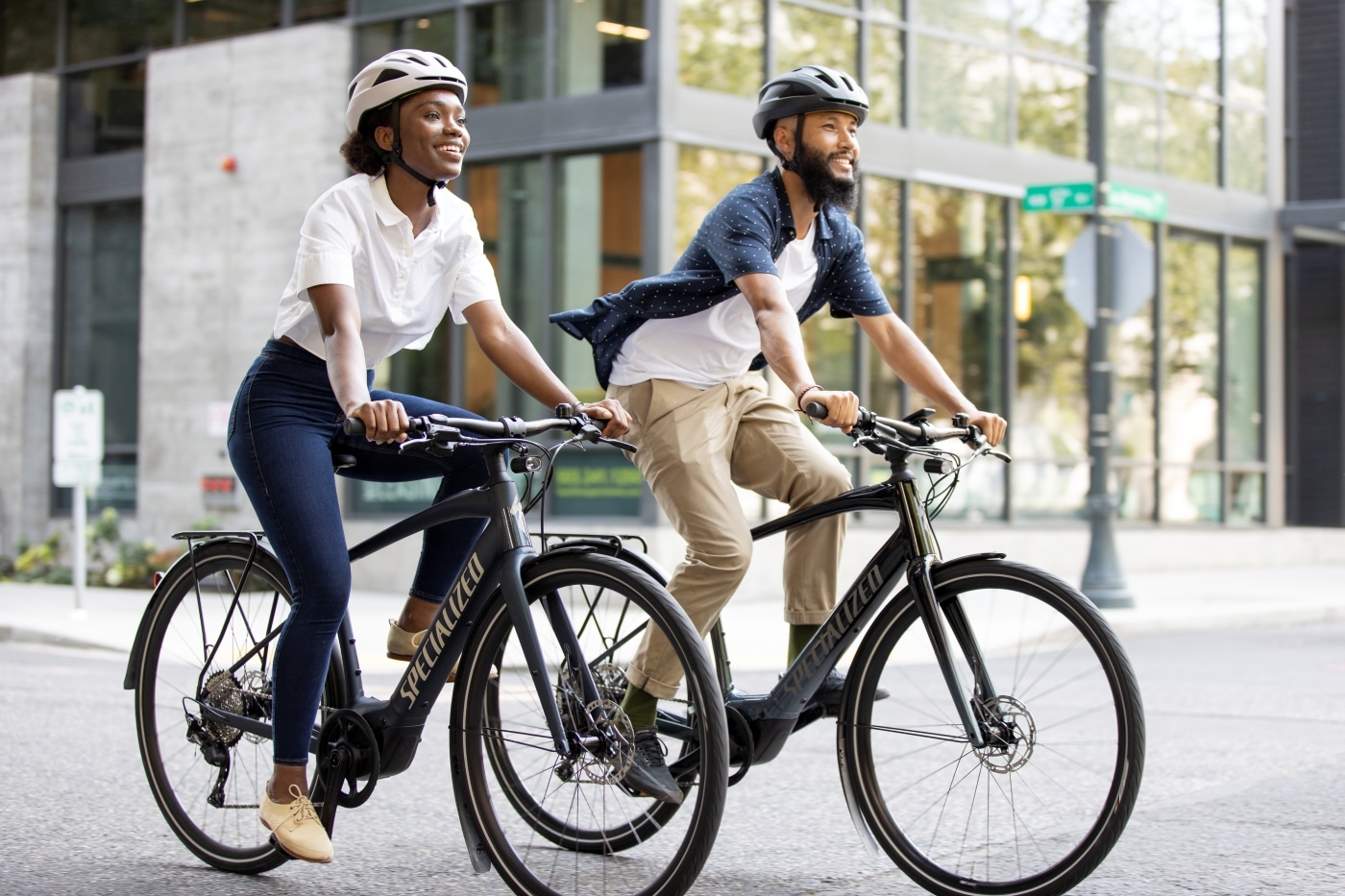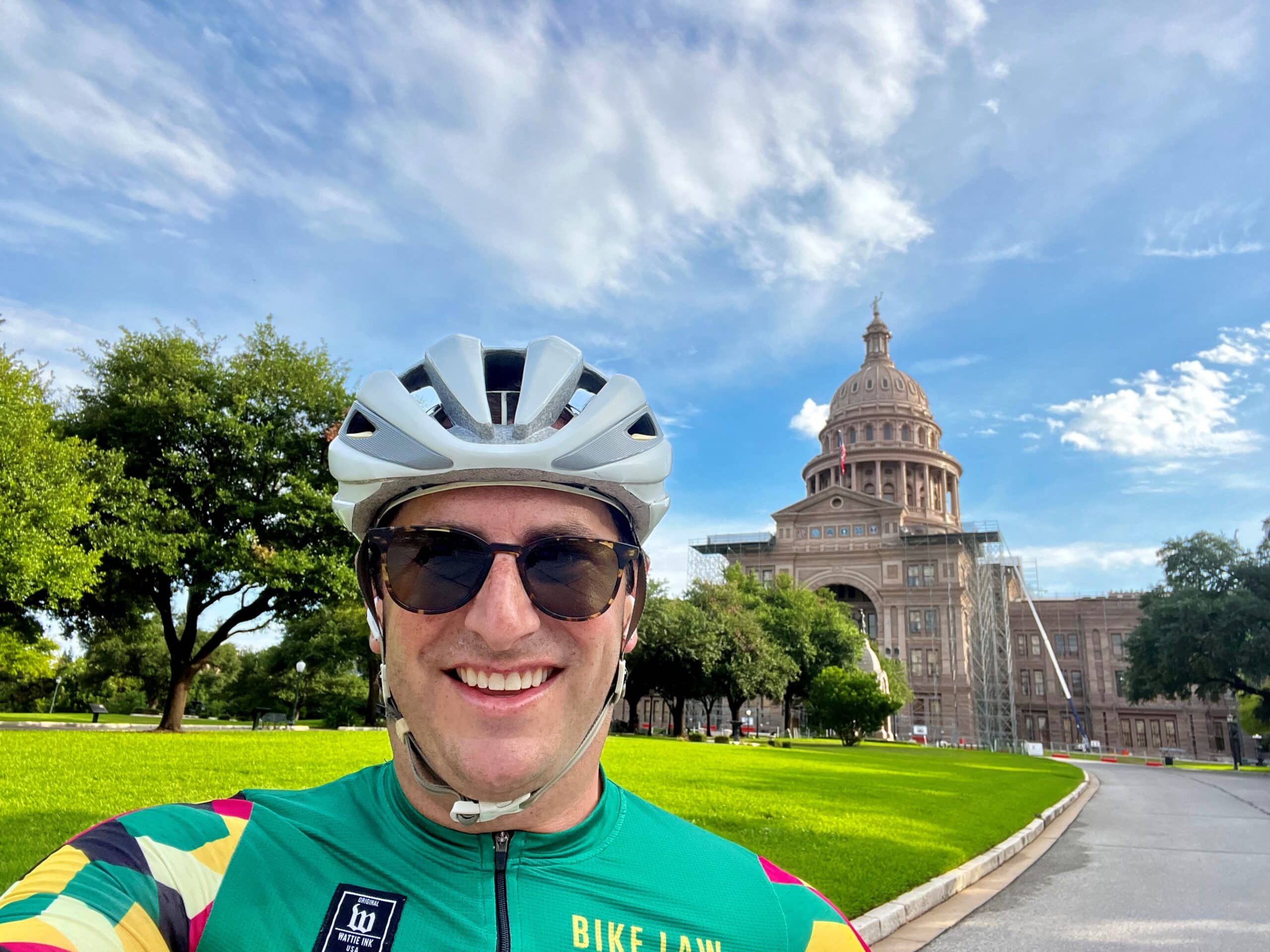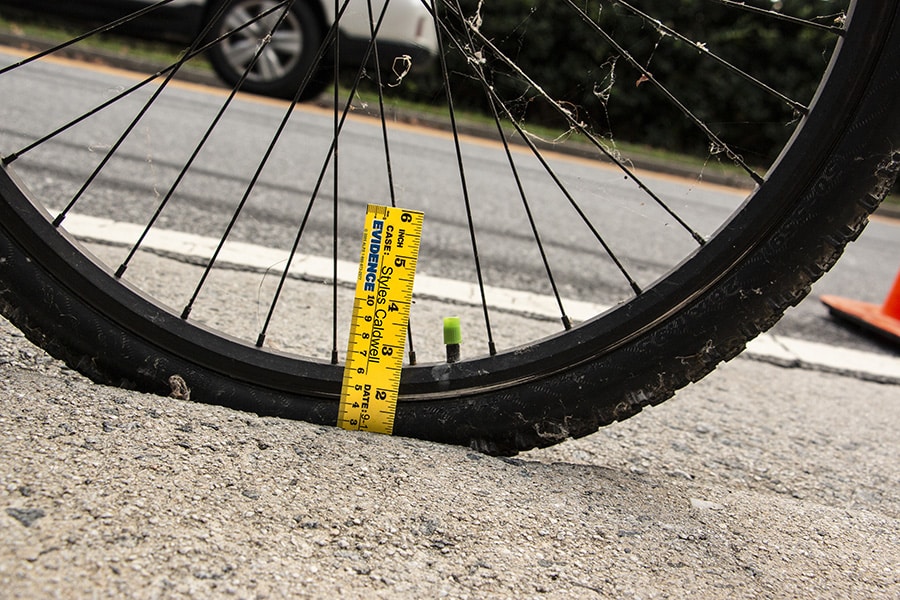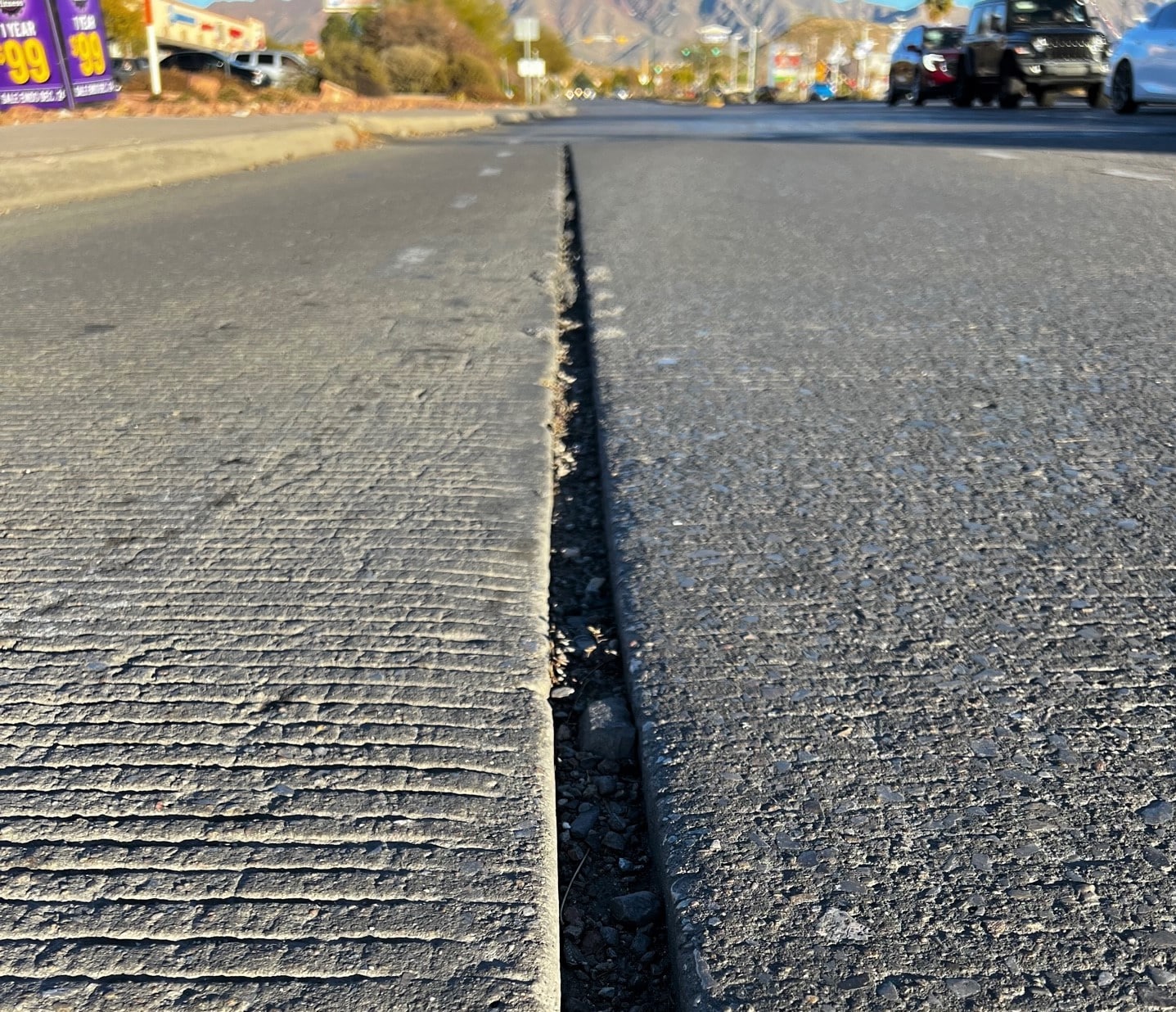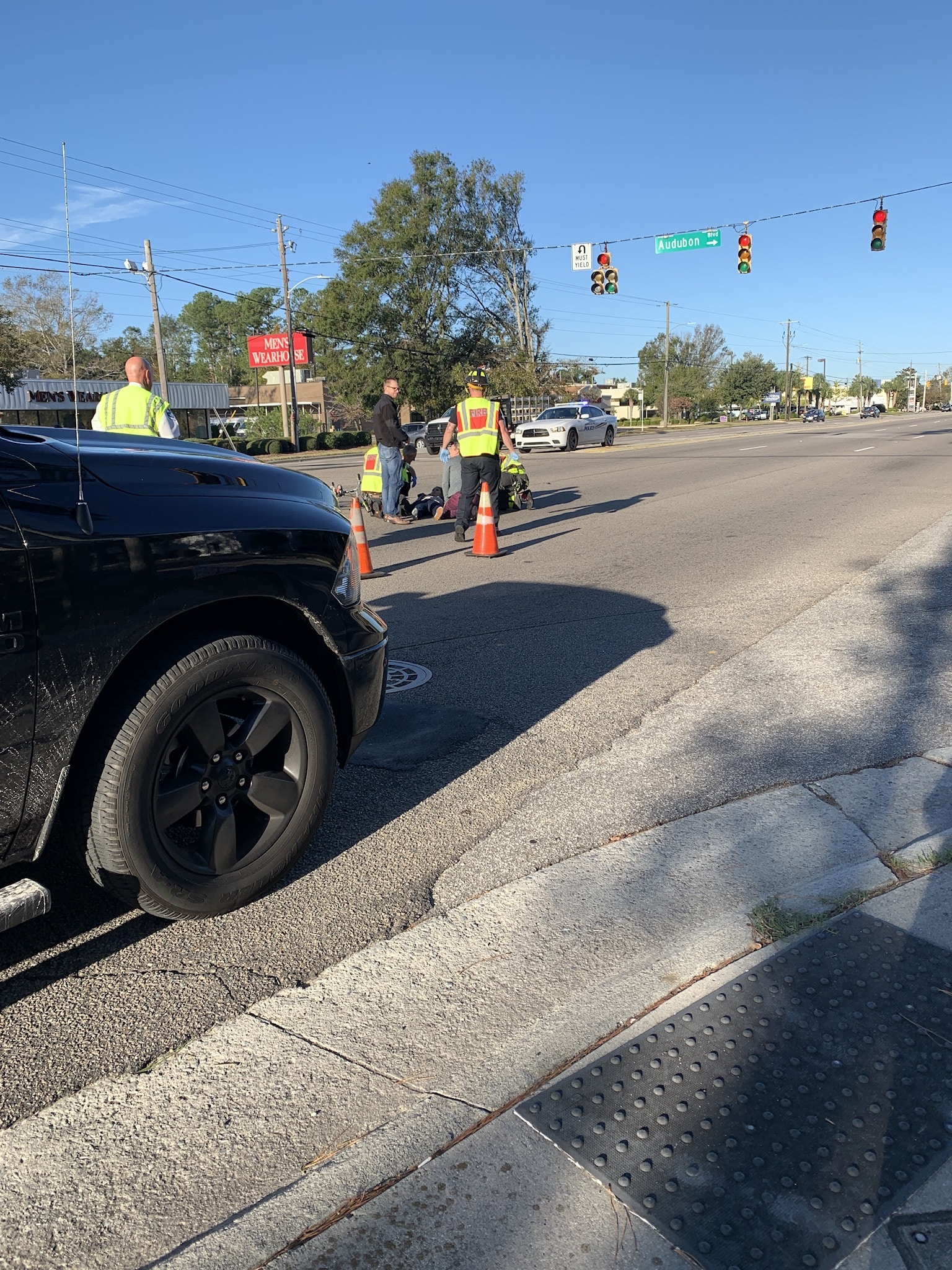Andrew Whitlock was killed on November 6, 2017, while riding his bike. He was 37 years old. His killer was driving a station wagon and was fleeing from police who had attempted to stop him for questioning due to his “suspicious behavior,” according to news reports on the subject.
The person who killed Andrew Whitlock abandoned the car he was driving and fled the scene on foot. He has not, as of the time this article, been identified or caught. The area of this occurrence is surrounded by buildings with security cameras that may offer help in identifying the driver. We’re hoping that the driver will be brought to justice swiftly and that he will be held fully accountable for his brutal and callous actions that caused the death of an innocent member of the Atlanta cycling community.
Investigating the Circumstances of a Police Chase
Beyond just bringing the driver to justice, however, there needs to be a thorough investigation into the underlying circumstances that led to the driver fleeing the police in the first place. Georgia law imposes strict rules on police chases that, if not adhered to, can result in liability of the police officer and department for the damages that are caused to innocent bystanders. The basic analysis can be simplified this way: the police officer’s vehicle is a gun, the fleeing vehicle is a bullet that was fired out of the gun. If the gun was discharged properly, then there’s no liability for where the bullet lands. If the gun was discharged improperly or recklessly, then the shooter is responsible for the damage caused by the bullet.
One of the ways to analyze the situation is to measure the relative potential for harm that the driver presents to the public at large. For example, an armed robbery suspect who fired a gun in the course of his getaway and is driving away from the crime scene presents an imminent threat to the general public, whereas a driver who simply rolled through a stop sign does not present the same threat. A high-speed chase may be justified in the first instance but certainly not in the second.
At this point, there’s been no information released to the public that would indicate any improper actions on the part of the APD officers that were involved. Still, in the interest of being thorough, we should all hope that the investigation is going beyond just trying to apprehend the missing driver and is analyzing every aspect of the underlying events that led to his flight from the officers.
Like most police departments, City of Atlanta PD has a protocol that sets out department guidelines for pursuing motor vehicles. You can see the specifics here. Whether the officers in Andrew Whitlock’s case complied with the guidelines should be part of the inquiry into the circumstances surrounding his death.
One of the tricky things, of course, is that the investigation into the underlying circumstances of the event is generally being conducted by members of the same police department that ultimately could be deemed to have some responsibility for the damage done. Accordingly, it can often be useful to have an independent investigation into the facts to avoid any concern over a potential conflict of interest.
None of this is intended to say that the heartless actions of the hit & run driver who left Andrew Whitlock dead in the street shouldn’t be held accountable for his actions. But if the underlying pursuit of the driver should never have occurred in the first place, then that driver is not alone in being responsible for Andrew Whitlock’s death. Andrew’s family, at the very least, deserves answers to these questions.
Featured Photo Credit: BikeFriendlyATL

Bruce Hagan’s cyclist law firm is fully committed to representing Georgia bicyclists. “All of our attorneys and most of the staff are full-time riders,” he says. Bruce has handled hundreds of bike crash cases and actively helps bicyclists understand Georgia’s bike laws.



